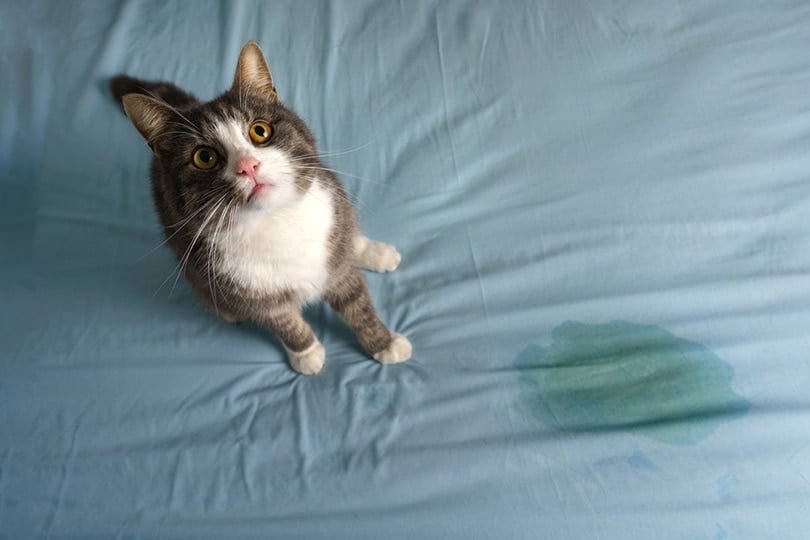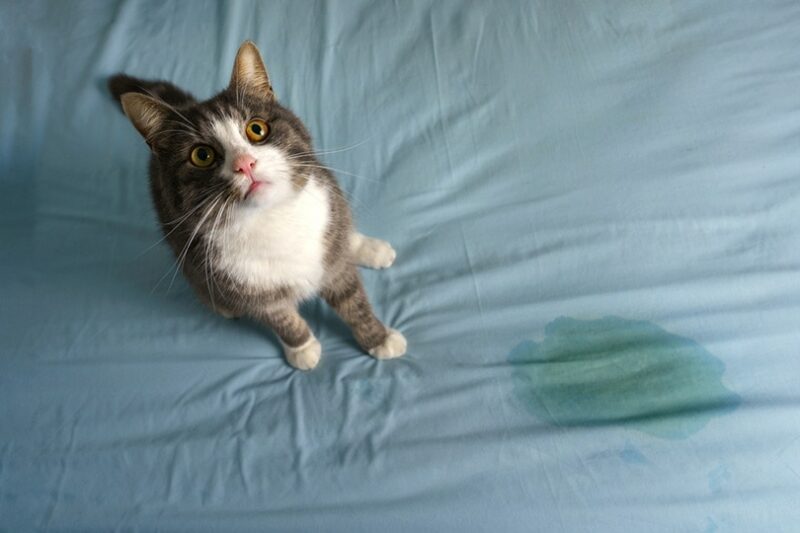Cats instinctively bury their waste because they don’t want the scent to attract their predators or chase away their prey, so filling a container with sand-like substrate makes perfect sense, and cats naturally adapt to their litter boxes. Potty training cats entails placing them inside their litter boxes when they’re kittens, and that’s pretty much the end of it — unless something is amiss.
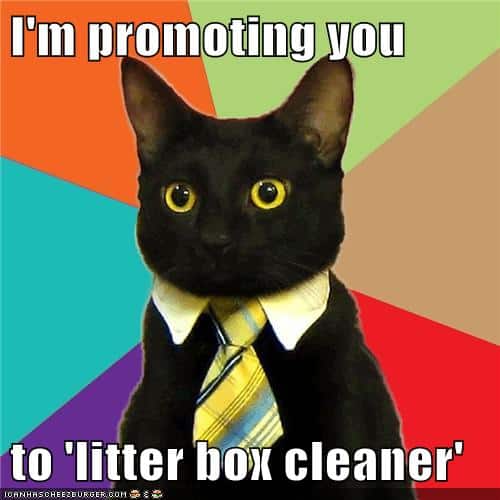
When cats urinate outside the litter box, they might have a health problem, they might be sending a message, or they might not approve of the litter box.
Here are 10 things you need to know about cat elimination, specifically urination.
Your cat’s health
1. Make sure your cat urinates every day
Living organisms must eliminate waste each day to survive. Failure to urinate at all is a life-threatening, medical emergency.
Numerous urinary tract diseases can cause anuria, or the lack of urination, including total renal failure. When you go to scoop your cat’s litter box, make sure you find clumps, wet litter, or other evidence of urination if you don’t use a clumping litter.
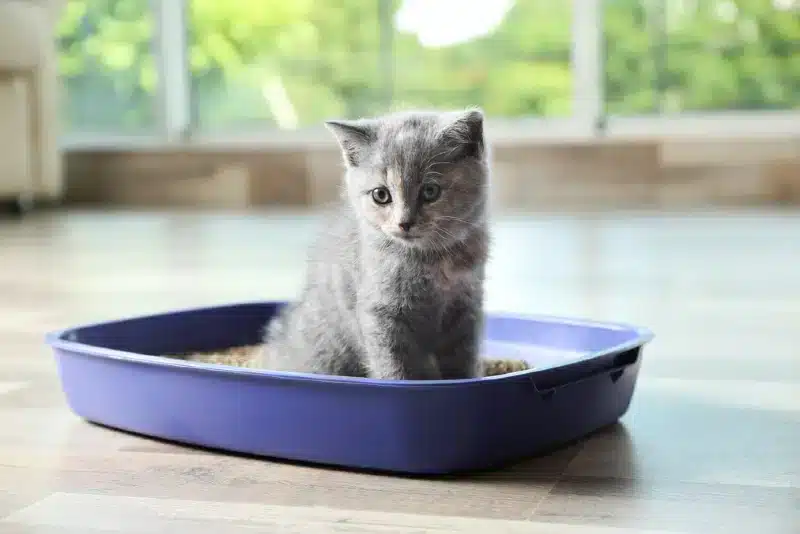
Urinary blockages, which are more common in males, need immediate attention. “Urethral obstructions are almost exclusively in males because their urethra tapers to the point of being about 25 percent the size of the female urethra,” said Gary D. Norsworthy, DVM, a board-certified feline specialist and owner of the Alamo Feline Health center in San Antonio. “Crystals and mucoid debris that may form in both genders will flush out of the female but not necessarily the male.” In his 43 years of practice, Norsworthy has seen a urinary obstruction in two female cats that were caused by bladder tumors at the opening of the urethra. Cats should urinate at least once per day, but “two to four times per day is more normal,” Norsworthy said.
2. Take note if your cat’s urine output changes
As you clean the litter box, you’ll get an idea of what’s normal for your cat. Diet and water intake impact a cat’s urine output. For example, an exclusive dry food diet without sufficient water intake can lead to dehydration.
“The cat’s response to dehydration is to reduce urine output as a means of conserving body fluid,” Norsworthy said. Urinating too little could indicate that your cat is dehydrated. Give your cat plenty of fresh water to drink each day.
An increase in urine output is a symptom for the “big three” feline diseases: kidney disease, diabetes, and hyperthyroidism. If you notice a definite increase in the size of the clumps or the amount of wet litter, have your cat examined by a veterinarian, because these are all serious diseases, Norsworthy said.
3. If your cat is urinating outside the litter box, first consider a medical cause
When it’s painful to go to the bathroom, cats might associate the litter box itself with the pain. Arthritis, for example, can make climbing in and out of the box or posturing to urinate painful. Urinary tract infections make urinating itself painful. In fact, Norsworthy said, any disease that causes significant increase in urine output like those mentioned above can also cause your cat to stop using the litter box.
Your Cat’s Communication
4. Realize cats communicate with urine
This is called marking. If another cat is visiting the yard, your cat might urinate outside the litter box to say, “This is my territory.” When territorial marking, cats usually urinate on a vertical surface near the perimeter of their territory.
If kitty backs up to a wall and sprays urine at a cat’s nose level, this is a mark that contains a message for another cat, said Dusty Rainbolt, an associate cat behavior consultant who has rescued and rehomed more than 1,500 cats, as well as a Catster contributor. “Urine and feces are rich with pheromones with all kinds of information that you and I can’t smell, like the age and sex of a cat, whether the cat is in heat, and what the cat had for dinner. Both urine and feces contain pheromones that are like a personal signature of a cat,” she said.
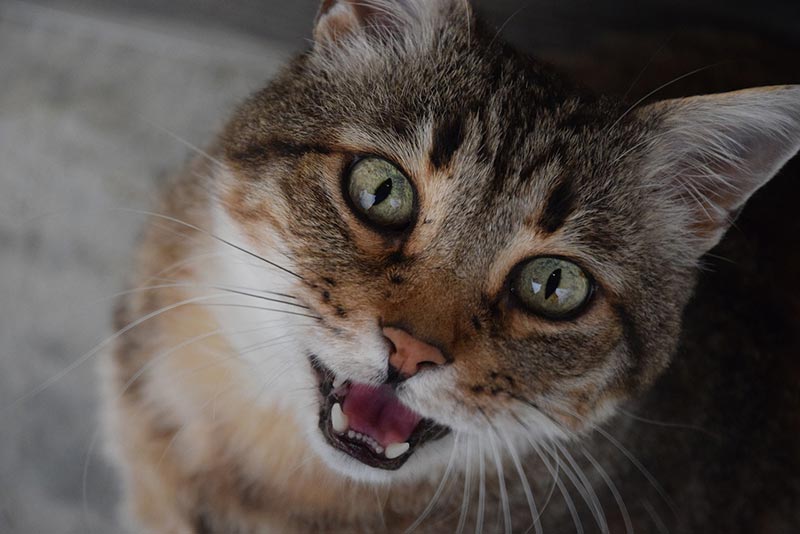
A multiple-award-winning author, Rainbolt is working on Cat Scene Investigator: Unraveling the Mystery Behind Your Cat’s Inappropriate Elimination, a book due out in November. “Unaltered cats are far more likely to mark than altered cats,” Rainbolt said. “Cats will mark and spray to attract a mate. If you neuter or spay your cat, the chances are very good that spraying will be reduced or eliminated.”
Cats also spray to express anxiety and stress. If you have multiple cats (more than six), you have a significantly increased chance of marking, Rainbolt said. A new person or pet in the household, a person or pet leaving the household, new or rearranged furniture, moving to a new house, all can cause your cat to become stressed, which can trigger urination or defecation outside the litter box, Norsworthy said.
5. Replicate your cat’s happy pheromones
Cats rub their faces on the things and people they like, marking them with their facial pheromones. Cats will not urinate or defecate on something they’ve marked with their facial pheromones, and this is the principle behind synthetic pheromone products. “Don’t put those near the litter box,” Rainbolt said, because cats won’t eliminate on anything smelling of these pheromones.
Some calming collars and diffusers replicate the pheromones of a lactating queen. “These products reduce stress and make the cats happier, and a reduction of stress significantly reduces urine marking,” Rainbolt said.
Your Cat’s Cleanliness
6. If it’s not a medical condition or a message, it’s probably the litter box
Cats are clean animals who are very particular about where they eliminate. The litter or the box might be unacceptable to your cat. “A lot of cats simply don’t like scented litter,” Rainbolt said.
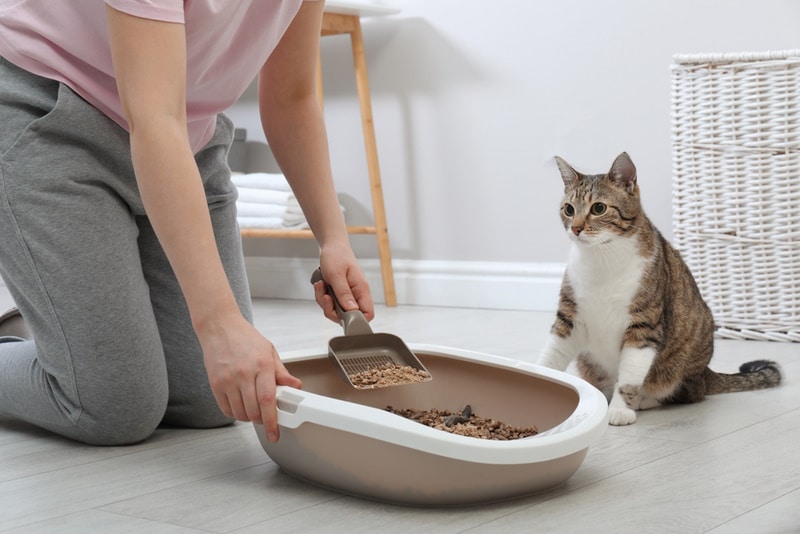
Some cats might not like the texture of a litter. But don’t change the litter too quickly. Instead, she recommends offering a second box with the litter you want to try and see how your cat responds first before changing to that litter.
Box size matters. Cats need to be able to turn around in their litter box and stretch to bury their waste. Some cats don’t like covered litter boxes, because the boxes may trap odors or make your cat feel trapped. For a kitten or an arthritic cat, the sides of the box need to be low.
7. Provide enough litter boxes for your cat
The rule is one per cat plus one. Put one on every floor of the house, so your cat has no trouble making it to the box.
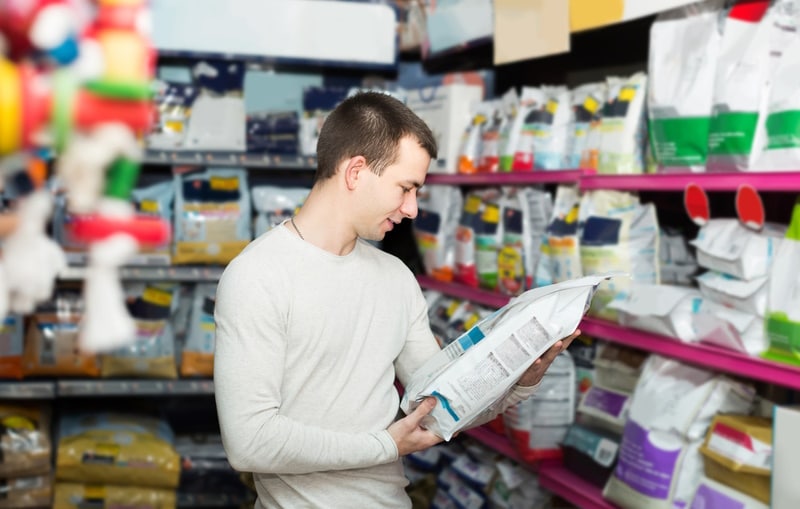
Consider whether the cat wants to go all the way down to the basement, Rainbolt said. If your cat is not making it to the box, the box could be in a location where a child, dog, or another cat might be harassing him while in the box or blocking him from the box.
8. Clean your litter box at least once each day
Cats hate a stinky litter box even more than you do. If you can smell it, your cat is overwhelmed by it. If the litter box is covered, it’s even more important to keep it clean.
“If the cat is peeing right next to the box, that means he wants to use it and is making an effort to go to it, but the box is not suiting him,” Rainbolt said. “It could be dirty and he doesn’t want to get his paws dirty. Cats are not being finicky. This is a survival mechanism. When you go in a public restroom and see a toilet that hasn’t been flushed, you move on to the next stall. There’s nasty stuff in waste: parasites, bacteria. You don’t want to get dirty or be exposed to bacteria, and cats are no different.”
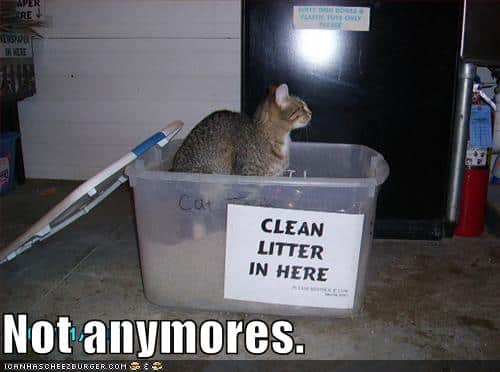
Don’t put the food bowls or cat beds near the litter box. You’re not going to eat or sleep near the porta-potty and your cat would rather not either, Rainbolt said.
9. Getting rid of the odor is more important than getting rid of the stain
Whether you’re cleaning carpet or furniture, if the odor is still there, it will still smell like a bathroom to your cat. “Cats’ sense of smell is more sensitive than ours. Just because you can’t smell it, it doesn’t mean they can’t,” Rainbolt said.
Get a pet-specific carpet cleaner that eliminates odors, and follow the directions. The new generation of oxygen-based cleaners work very quickly. “If the stain looks like the size of a quarter, you need to treat the area the size of a dinner plate. What you see on the surface is a tiny fraction of the affected area on the pad.”
10. If your cat needs help with bathing, keep these tips in mind
Healthy cats in their prime typically clean themselves meticulously. However, senior or arthritic cats might need a little help. Cat wipes or waterless shampoos make cleaning soiled fur simple.
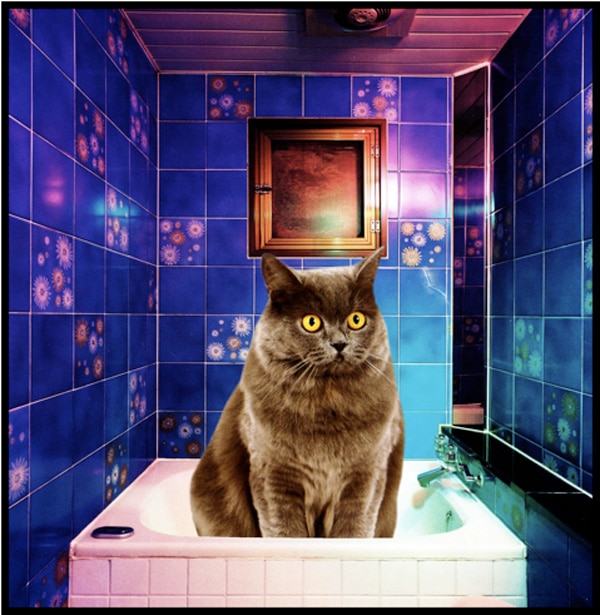
If you have to bathe your cat, always use comfortably warm water that is neither hot nor cold. Rather than plopping the cat in the water, bring the water up to the cat using a pitcher. Only use a cat-specific shampoo, and rinse thoroughly. Wrap your cat in a towel to soak up the excess water and keep your house warm until your cat’s fur dries.
Understanding the importance of hydration and urination to our cats’ health, that cats use urine and pheromones to communicate, and that cats care about cleanliness just as much as we do, will strengthen our bond with and commitment to our cats.
Read more by Susan Logan McCracken:
- How to Spare Your Cat From Human Fear and Anxiety
- 10 Ways to Deal and Get Real With Cat Hair
- Do You Love Cats or a Cat Person But Have Allergies?
Featured Image Credit: Creative Cat Studio, Shutterstock
Contents
- Your cat’s health
- 1. Make sure your cat urinates every day
- 2. Take note if your cat’s urine output changes
- 3. If your cat is urinating outside the litter box, first consider a medical cause
- Your Cat’s Communication
- Your Cat’s Cleanliness
- 6. If it’s not a medical condition or a message, it’s probably the litter box
- 7. Provide enough litter boxes for your cat
- 8. Clean your litter box at least once each day
- 9. Getting rid of the odor is more important than getting rid of the stain
- 10. If your cat needs help with bathing, keep these tips in mind

